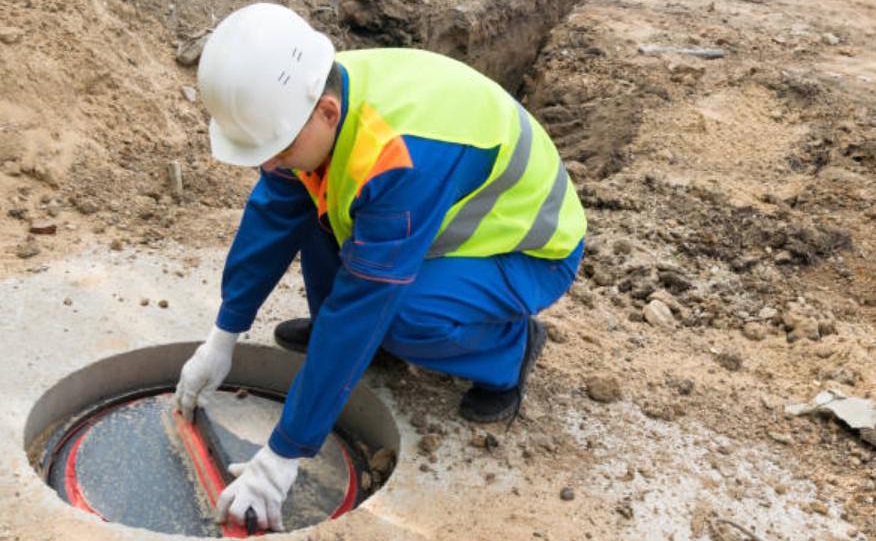Average Grease Trap Cleaning Prices: What to Expect in Sydney

Cleaning grease traps is a necessary service to keep your kitchen sanitary and functional. The size and location of the trap are two examples of the variables that affect the cost of this service. Blockages, disagreeable smells and possible plumbing problems that could require costly repairs can be avoided with routine cleaning. Because of the significant buildup of grease from food preparation industrial kitchens and restaurants usually need to be cleaned more frequently. Grease, oil and food waste are removed throughout the cleaning procedure and then they are properly disposed of. Even though expenses can change keeping the grease trap clean is an investment worth making to guarantee long-term operational effectiveness.
Factors Influencing the Cost of Grease Trap Cleaning Services
Grease trap cleaning services can vary greatly in price depending on a number of important aspects. Larger grease traps demand more time and money to clean thus this is one of the main factors. The frequency of cleaning also affects the cost such as traps that are cleaned frequently may have lower expenses because of less accumulation. Generally speaking grease traps in restaurants or commercial kitchens need to be cleaned more frequently which raises overall service expenses. The kind of grease trap also affects cleaning expenses such as certain models call for particular methods or tools. The grease trap condition is another crucial factor to take into account such as severely blocked traps could need more work or tools. If a trap hasn't been cleaned in a long time it may require more care to get rid of accumulated debris. Another consideration is accessibility such as grease traps in places that are hard to reach might raise labour costs since they are challenging to clean. Traps that need to be removed or disassembled for cleaning may incur additional fees from certain service providers. Regular cleaning appointments are usually less expensive than emergency cleaning services or unplanned visits. Grease trap cleaning cost may also be impacted by the reputation and experience of the service.
Grease Trap Cleaning Cost Breakdown
The grease trap size is the main determinant of cost because cleaning larger traps takes more money. Businesses can more efficiently manage their budgets if they have a better understanding of the grease trap cleaning cost breakdown. Since larger traps typically cost more the cleaning business will frequently evaluate the trap capacity before offering an estimate. Smaller traps are usually cleaned faster and more effectively which lowers the total grease trap cleaning cost. Another important consideration in pricing is the grease trap state. A trap may need additional work to remove accumulated grease and debris if it has not been cleaned on a regular basis. More serious obstructions in traps might require specialised tools or chemicals which could raise cleaning expenses. Because there is less buildup in clean and often cleaned traps each service usually costs less. The grease trap accessibility has an impact on the price as well. The cleaning procedure takes longer and requires more work if the trap is in an area that is hard to access. The cost may increase if the service provider has to disassemble the trap or remove portions of the kitchen in order to reach it.
Cleaning services for traps in easily accessible locations are typically simpler and less costly. The overall cost structure is influenced by the frequency of cleaning. Since scheduled cleaning services might be more economical many firms choose to use them. Businesses can prevent larger more expensive cleanings brought on by excessive grease buildup by planning routine maintenance. Because emergency cleaning services necessitate immediate attention and may require additional resources they are sometimes more expensive. The size, condition, accessibility and frequency of treatment are some of the variables that affect grease trap cleaning expenses. Businesses can make wise judgements and keep a more consistent maintenance budget by being aware of these variables.

